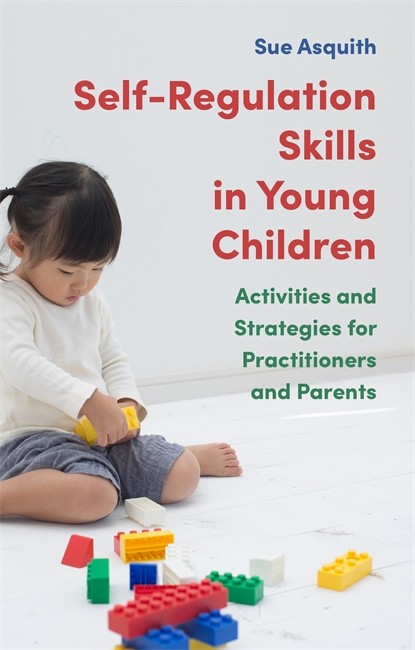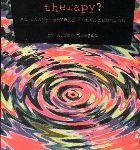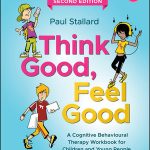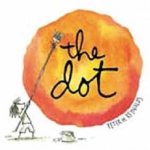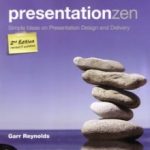This essential handbook for all early years practitioners provides a wider awareness of self-regulation in babies and young children. It emphasises the importance of giving children positive attachments and empathy, and provides fun ideas of how to promote coping strategies for them.
The book explains what self-regulation is and why it is important, as well as making child and brain development easy to understand. It shows what self-regulation looks like in practice and how early years practitioners can support children to develop it with 30+ activities. The first part of the book offers accessible explanations and theory, and the second half provides reflective points, activities and case studies to support some of the information provided in part one. The strategies, activities and tips can be can easily applied in childcare settings and shared with parents.
Contents:
- Introduction
- Part 1: Explanations and Theory
- Chapter 1 – Self-regulation
- Chapter 2 – Brain Development
- Chapter 3 – Child Development
- Chapter 4 – Behaviour
- Chapter 5 – What can get in the way of self-regulation?
- Part 2: Practical Ideas; A Sense of Belonging; Busy Bags; Celebrating Diversity; Conflict Resolution; Coping Strategies – Stimulation and Movement; Developing Democracy; Exercise; Exploring Emotions; Healthy Eating; Kindness; Laughter; Listening and Attention; Making Musical Instruments; Peer Massage; Positive Words and Thoughts; Relaxing/calming environments; Sensory diet; Sensory Play; Sensory processing audit; Sensory Processing: Supporting transitions into nursery; Sleep; Supporting anxious or stressed children; Supporting transitions to “”big school””; Supporting your own well-being; Transitions; Understanding Feelings and Emotions
- Visual Aids; Wake up shake up
Review:
“Reading this book is similar to listening to Sue’s training webinars – packed full of useful information with links to her sources of information so the reader can further explore the subject. I liked the layout of the book – the first half is the theory sections with reflective tasks to help keep the reader on track and think about their own practice. The second half has lots of practical ideas and case studies which helps to put the theory into practice. The book is written in plain English and is aimed at new practitioners, parents/carers and others who want to refresh their knowledge” – Pat Tomlinson, Early Years Trainer and Assessor.


